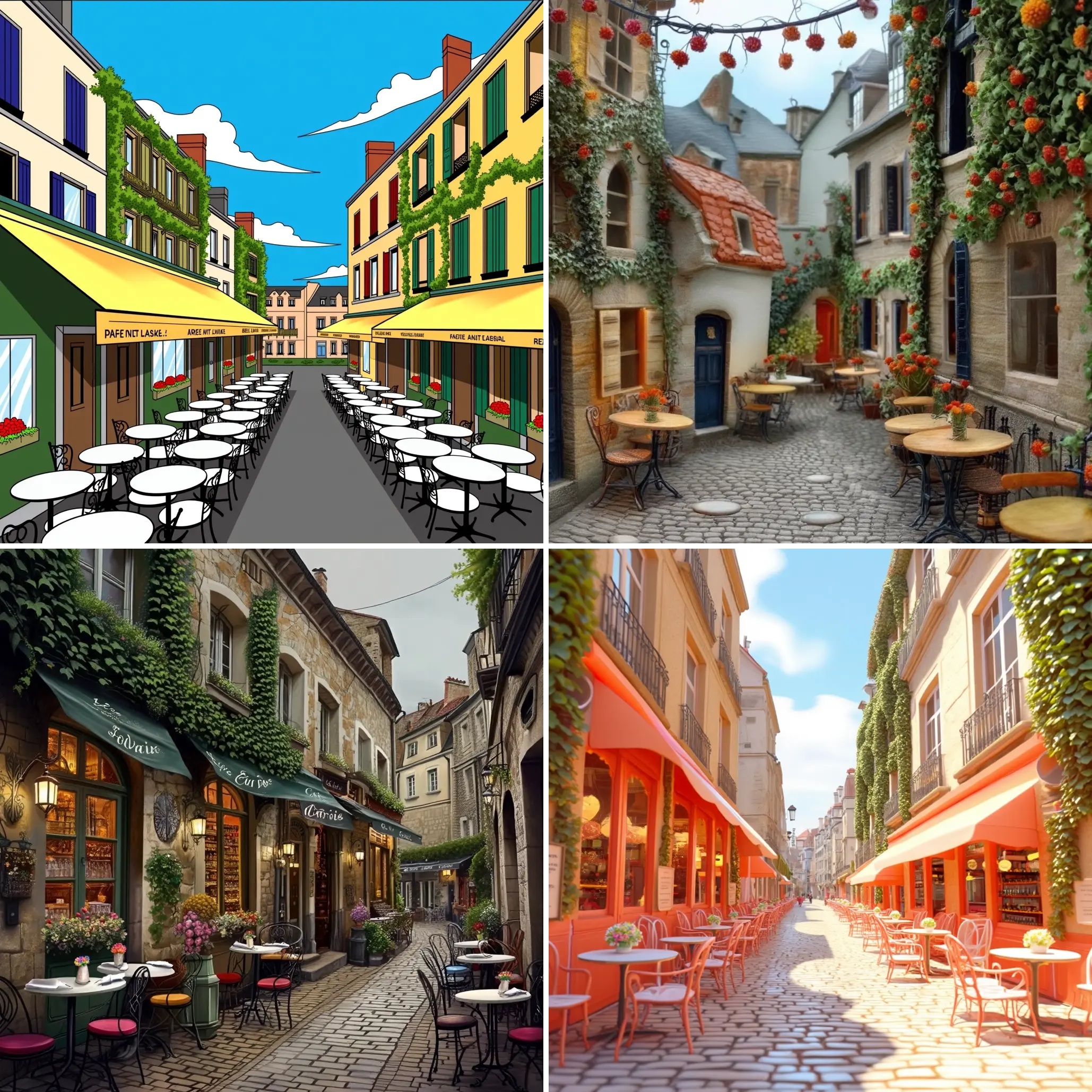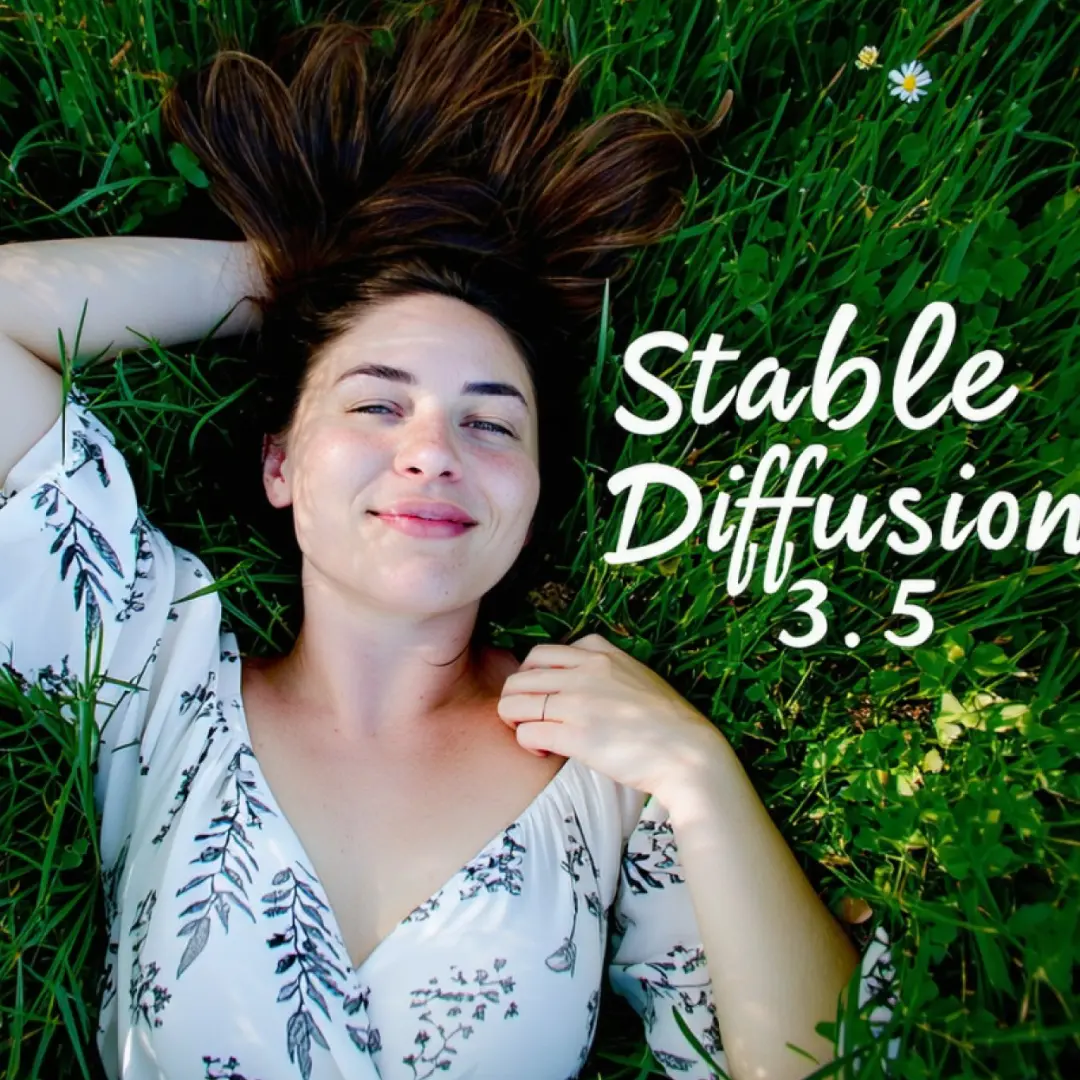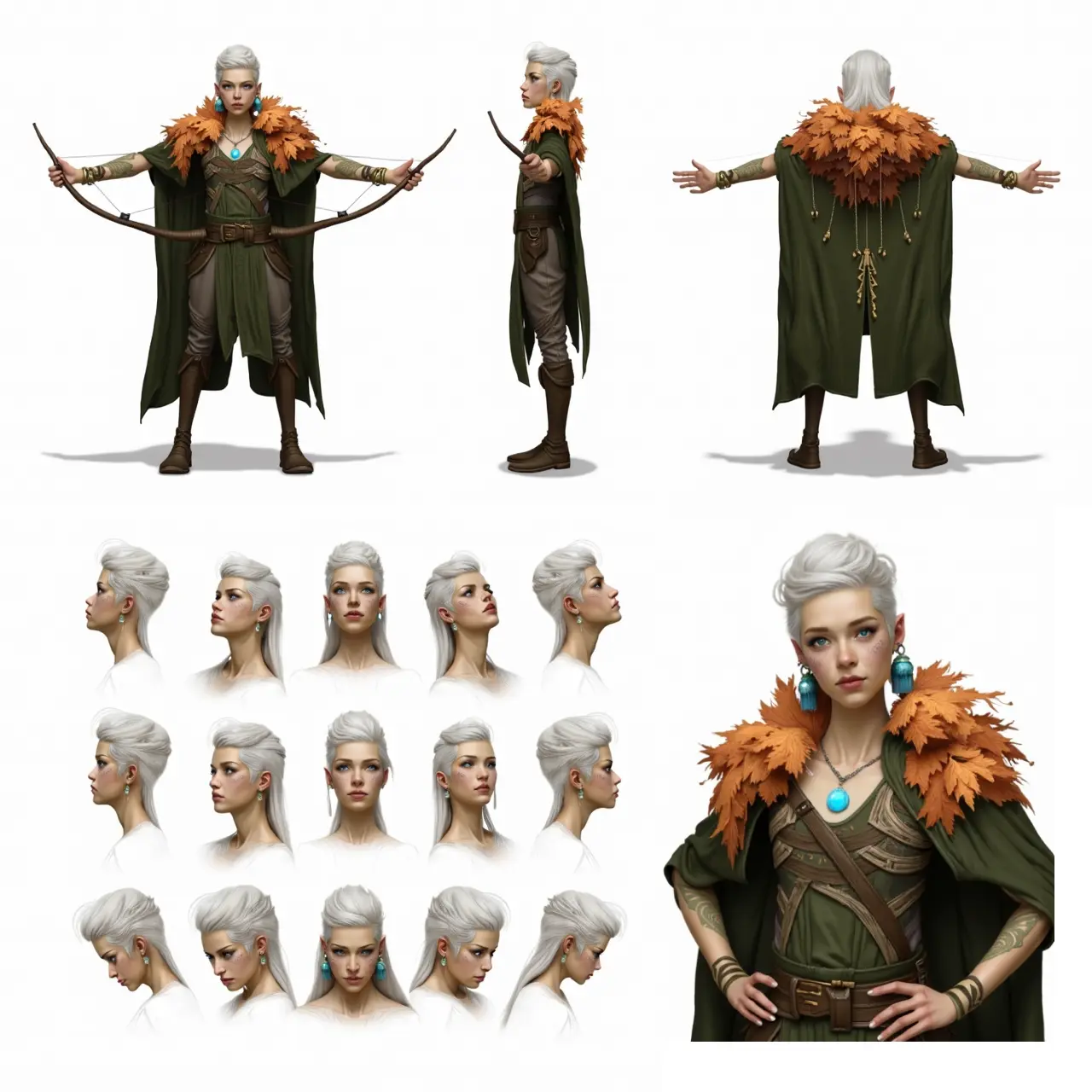ComfyUI Node: 🔶 KSampler txt2video img2video - Advanced v1
chaosaiart_KSampler_a1a
Category🔶Chaosaiart/animation
chaosaiart (Account age: 618days) Extension
Chaosaiart-Nodes Latest Updated
2025-01-31 Github Stars
0.1K
- Description
- 🔶 KSampler txt2video img2video - Advanced v1:
- 🔶 KSampler txt2video img2video - Advanced v1 Input Parameters:
- 🔶 KSampler txt2video img2video - Advanced v1 Output Parameters:
- 🔶 KSampler txt2video img2video - Advanced v1 Usage Tips:
- 🔶 KSampler txt2video img2video - Advanced v1 Common Errors and Solutions:
- Related Nodes
How to Install Chaosaiart-Nodes
Install this extension via the ComfyUI Manager by searching for Chaosaiart-Nodes- 1. Click the Manager button in the main menu
- 2. Select Custom Nodes Manager button
- 3. Enter Chaosaiart-Nodes in the search bar
Visit ComfyUI Online for ready-to-use ComfyUI environment
- Free trial available
- 16GB VRAM to 80GB VRAM GPU machines
- 400+ preloaded models/nodes
- Freedom to upload custom models/nodes
- 200+ ready-to-run workflows
- 100% private workspace with up to 200GB storage
- Dedicated Support
🔶 KSampler txt2video img2video - Advanced v1 Description
Facilitates image generation from latent space using k-sampling for AI artists to create high-quality, coherent outputs.
🔶 KSampler txt2video img2video - Advanced v1:
The chaosaiart_KSampler_a1a node is designed to facilitate the generation of images from latent space representations using a k-sampling technique. This node is particularly useful for AI artists who want to create high-quality images by leveraging advanced sampling methods. The primary goal of this node is to decode latent images into visually appealing outputs, ensuring that the generated images are coherent and meet the desired artistic standards. By using this node, you can achieve a higher level of control over the image generation process, allowing for fine-tuning and customization based on specific artistic needs.
🔶 KSampler txt2video img2video - Advanced v1 Input Parameters:
model
The model parameter specifies the pre-trained model to be used for the k-sampling process. This model serves as the backbone for generating images from latent representations. The choice of model can significantly impact the quality and style of the generated images. Ensure that the model is compatible with the k-sampling technique for optimal results.
seed
The seed parameter is a numerical value that initializes the random number generator used in the sampling process. By setting a specific seed, you can ensure reproducibility of the generated images. Different seed values will produce different variations of the output, allowing for exploration of diverse artistic possibilities. There is no strict minimum or maximum value, but it is typically a positive integer.
steps
The steps parameter defines the number of sampling steps to be performed. More steps generally lead to higher quality images but will also increase the computation time. The minimum value is usually 1, and there is no strict maximum, but practical values often range from 10 to 100.
cfg
The cfg parameter stands for "configuration" and includes various settings that control the behavior of the k-sampling process. This can include parameters like learning rate, batch size, and other hyperparameters that influence the quality and speed of image generation. The exact configuration options will depend on the specific implementation of the k-sampler.
sampler_name
The sampler_name parameter specifies the name of the sampling algorithm to be used. Different sampling algorithms can produce different styles and qualities of images. Common options might include names like "DDIM", "PLMS", or other advanced sampling techniques.
scheduler
The scheduler parameter controls the scheduling strategy for the sampling steps. This can affect how the sampling process progresses over time, potentially impacting the final image quality. Options might include linear, exponential, or custom scheduling strategies.
positive
The positive parameter is a latent space representation that guides the k-sampling process towards desired features in the generated image. This can be used to emphasize certain aspects or characteristics in the output.
negative
The negative parameter is a latent space representation that guides the k-sampling process away from undesired features in the generated image. This helps in avoiding certain characteristics or artifacts in the final output.
latent_image
The latent_image parameter is the initial latent space representation from which the image will be generated. This serves as the starting point for the k-sampling process.
denoise
The denoise parameter controls the level of noise reduction applied during the sampling process. Higher values will result in smoother images, while lower values may retain more texture and detail. The value typically ranges from 0 to 1.
disable_noise
The disable_noise parameter is a boolean flag that, when set to true, disables the addition of noise during the sampling process. This can be useful for generating cleaner images but may reduce the diversity of the output.
start_at_step
The start_at_step parameter specifies the step at which the k-sampling process should begin. This allows for partial sampling or resuming from a specific point in the process. The value should be a positive integer.
end_at_step
The end_at_step parameter specifies the step at which the k-sampling process should end. This allows for early termination of the sampling process. The value should be a positive integer and greater than start_at_step.
force_full_denoise
The force_full_denoise parameter is a boolean flag that, when set to true, forces the k-sampling process to apply full denoising at the final step. This ensures that the final image is as clean as possible.
🔶 KSampler txt2video img2video - Advanced v1 Output Parameters:
image
The image parameter is the final decoded image generated from the latent space representation. This is the primary output of the node and represents the visual result of the k-sampling process. The quality and style of the image will depend on the input parameters and the chosen model.
samples
The samples parameter is a dictionary containing detailed information about the sampling process, including intermediate latent representations and other metadata. This can be useful for debugging, analysis, or further processing.
🔶 KSampler txt2video img2video - Advanced v1 Usage Tips:
- Experiment with different
seedvalues to explore a variety of image outputs and find the most visually appealing results. - Adjust the
stepsparameter to balance between image quality and computation time. More steps generally yield better results but take longer to compute. - Use the
positiveandnegativeparameters to guide the k-sampling process towards desired features and away from undesired ones, respectively. - Enable
force_full_denoisefor cleaner final images, especially if the initial outputs contain unwanted noise.
🔶 KSampler txt2video img2video - Advanced v1 Common Errors and Solutions:
"Model not found"
- Explanation: The specified model could not be located or is not compatible with the k-sampling process.
- Solution: Ensure that the model path is correct and that the model is compatible with the k-sampling technique.
"Invalid seed value"
- Explanation: The seed value provided is not a valid integer.
- Solution: Provide a valid positive integer for the seed parameter.
"Sampling steps out of range"
- Explanation: The number of sampling steps specified is outside the acceptable range.
- Solution: Adjust the
stepsparameter to a value within the recommended range, typically between 10 and 100.
"Configuration error"
- Explanation: There is an issue with the configuration settings provided in the
cfgparameter. - Solution: Review the configuration settings and ensure they are correctly specified and compatible with the k-sampling process.
"Latent image not provided"
- Explanation: The
latent_imageparameter is missing or invalid. - Solution: Ensure that a valid latent space representation is provided as the
latent_imageparameter.
🔶 KSampler txt2video img2video - Advanced v1 Related Nodes
- Description
- 🔶 KSampler txt2video img2video - Advanced v1:
- 🔶 KSampler txt2video img2video - Advanced v1 Input Parameters:
- 🔶 KSampler txt2video img2video - Advanced v1 Output Parameters:
- 🔶 KSampler txt2video img2video - Advanced v1 Usage Tips:
- 🔶 KSampler txt2video img2video - Advanced v1 Common Errors and Solutions:
- Related Nodes
RunComfy is the premier ComfyUI platform, offering ComfyUI online environment and services, along with ComfyUI workflows featuring stunning visuals. RunComfy also provides AI Playground, enabling artists to harness the latest AI tools to create incredible art.




